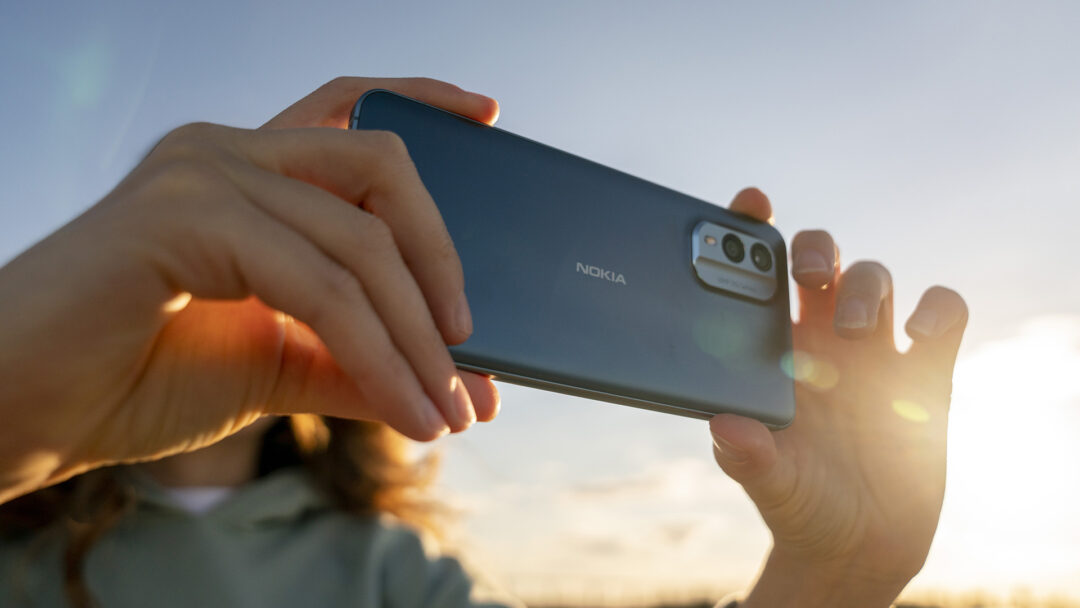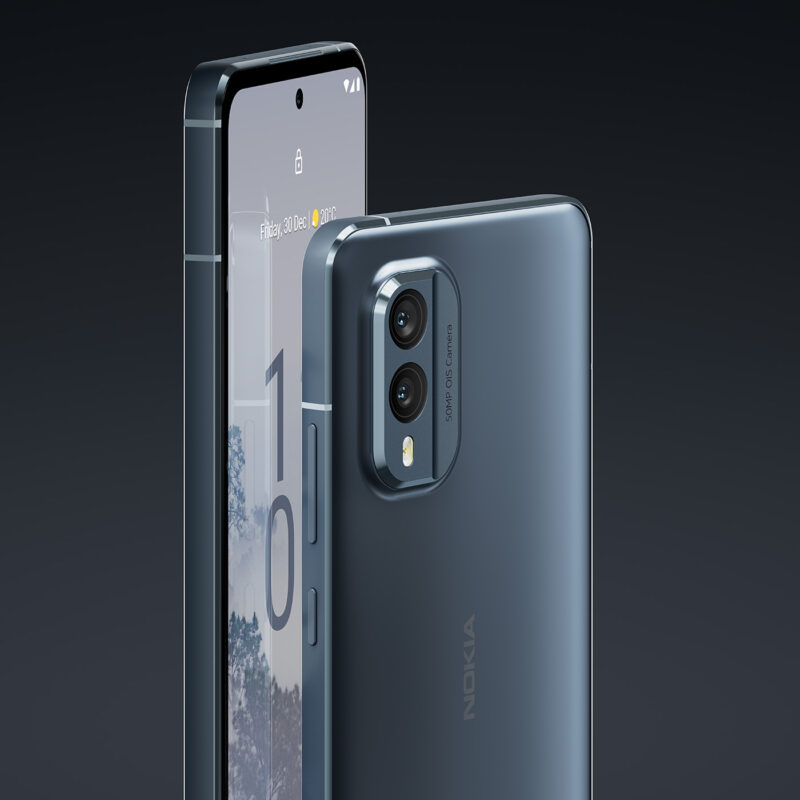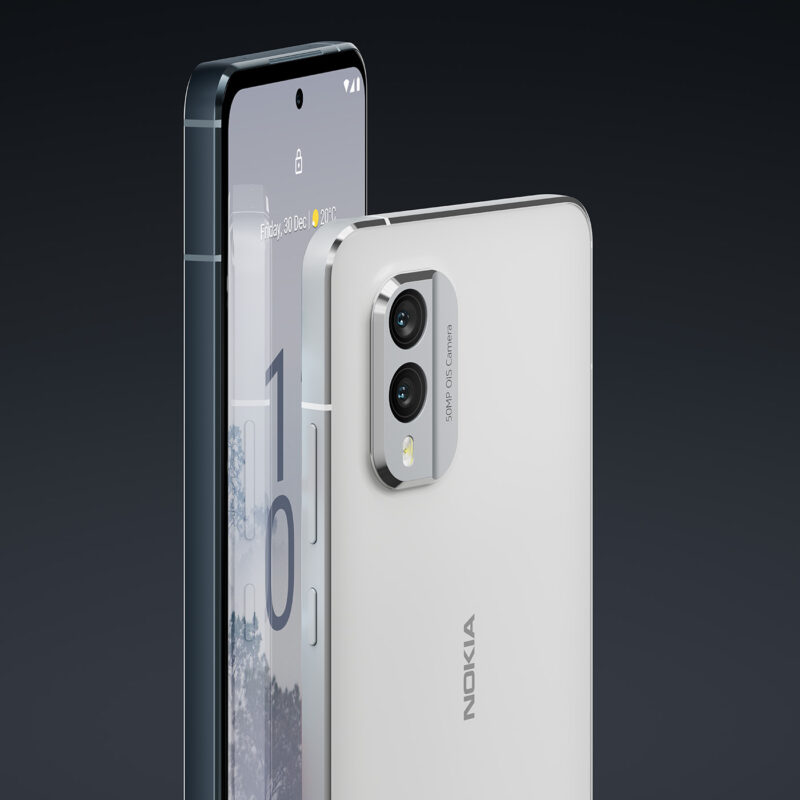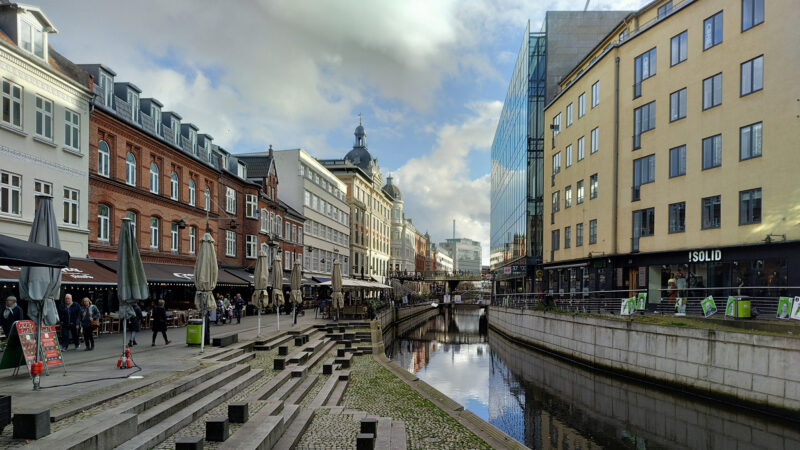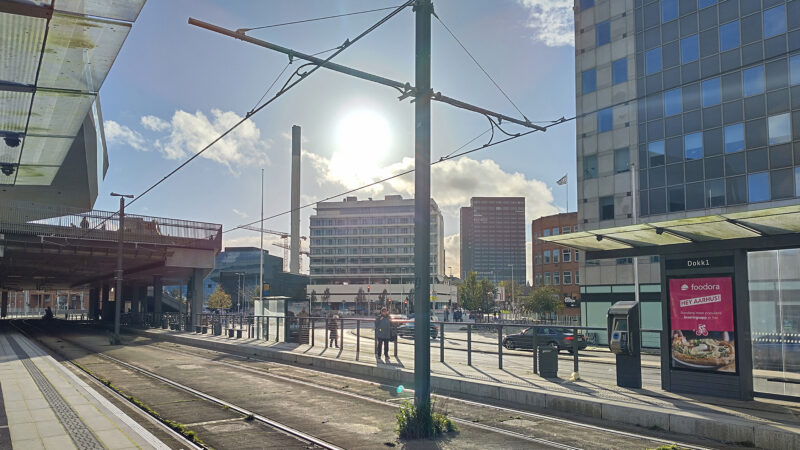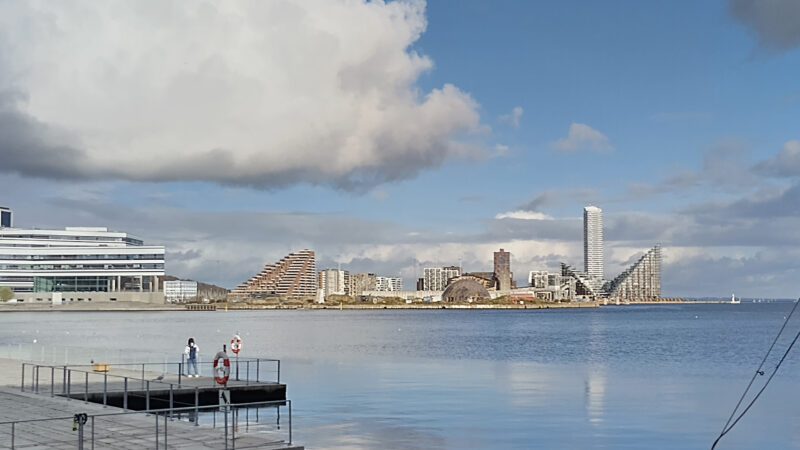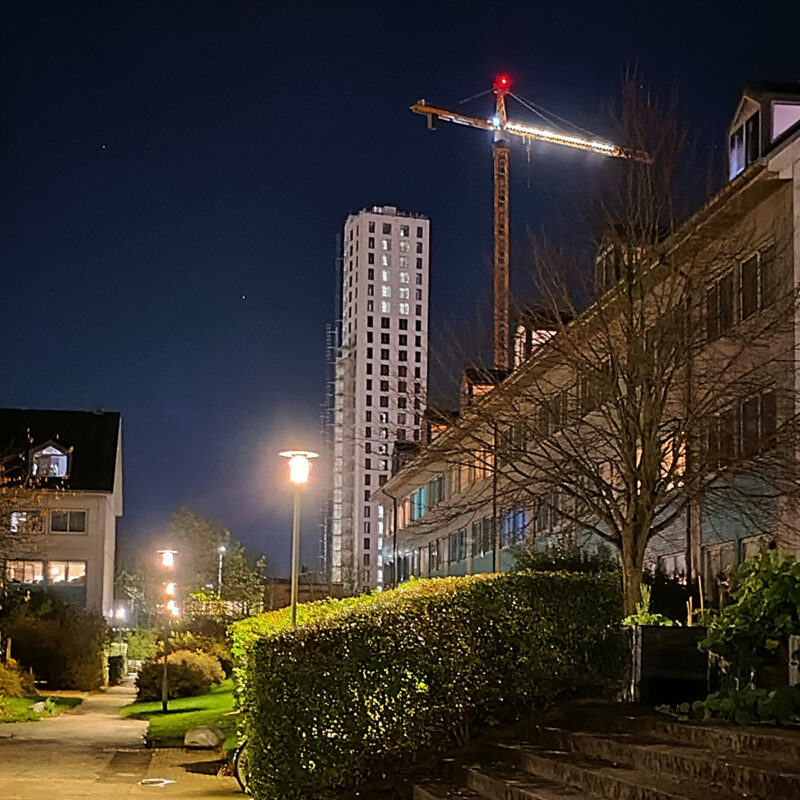HMD Global, now the company behind Nokia mobile phones, is betting big on environmental friendliness. Which is both sympathetic and necessary, because the 1.5 billion or so mobile phones manufactured worldwide each year use an inordinate amount of resources. And what good is a new mobile if there’s no life left on Earth?
Thus, the Nokia X30 5G is made with 100% recycled aluminium, and 65% of the plastic used is also recycled. The packaging is also green; or rather brown recycled cardboard.
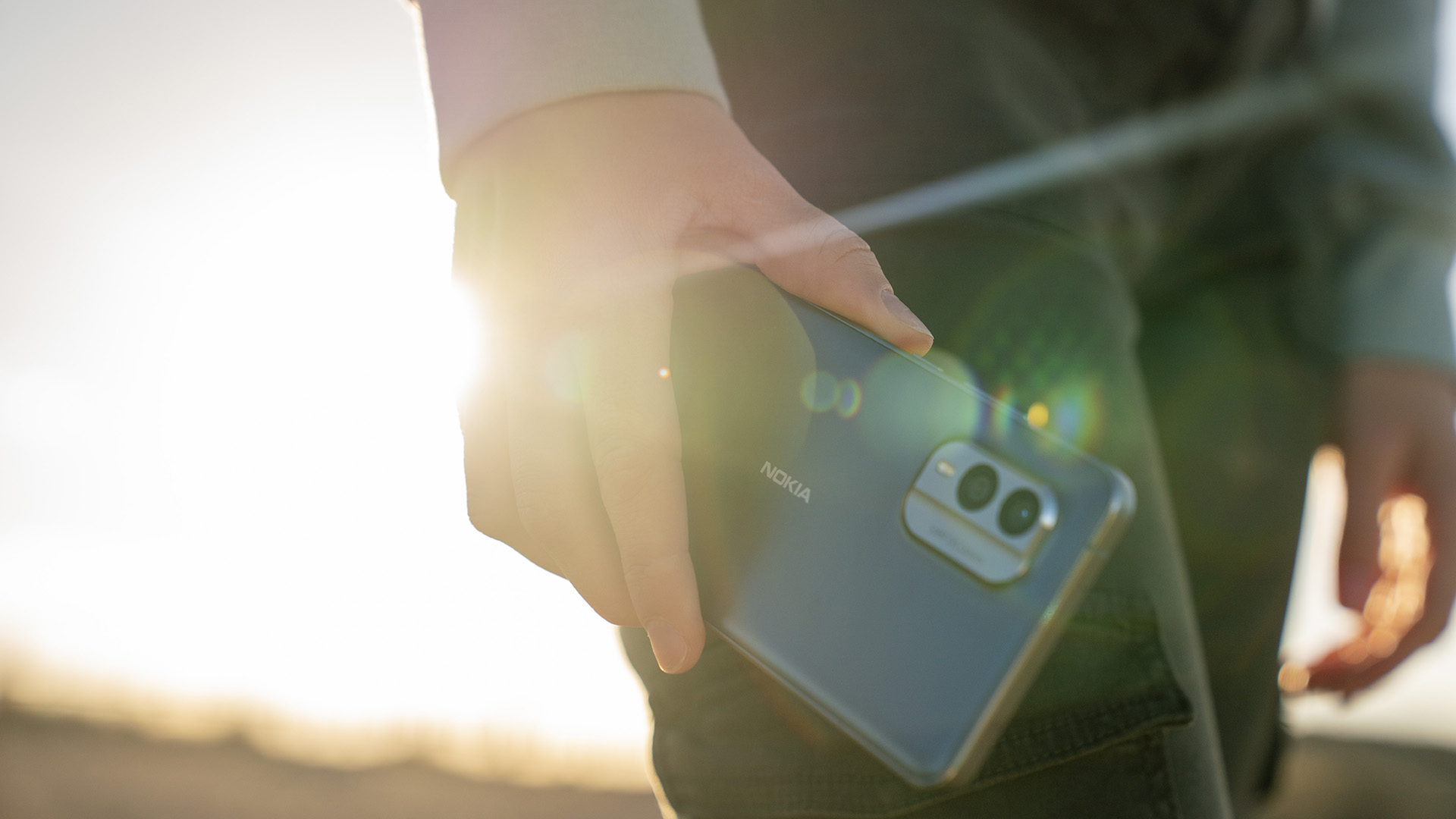
Also highlighted is that the phone is software future-proofed through a guarantee of three years of security updates and three operating system upgrades. The phone, which comes with Android 12, should thus be up-to-date up to and including Android 15. This should translate into a year longer than most other phones before the phone is sent for electronic scrap. But of course that doesn’t mean the phone will feel modern and fast throughout its service life.
Confident impression
The Nokia X30 5G makes a confident impression when you unpack it. The 6.4-inch screen is among the largest in its price range, and the rest of the phone is either bluish-grey or greyish-white aluminium, which looks quite exclusive. The selfie camera is hidden in a small circular cutout in the screen, and a fingerprint reader is built in behind the screen. On the back, you’ll find two cameras and an LED flash.
The screen has a resolution of 2400 x 1080 pixels and a refresh rate of 90 Hz. Just like most mid-range phones. And the screen glass is just as predictably Gorilla Glass Victus. So Nokia/HMD is right on the money here. If we are to put a finger on the screen (and that’s how it’s used), a brightness of 450 nit is underwhelming. The best mobile screens today are twice as bright.
There’s 8GB of RAM and either 128GB or 256GB of storage. This is just as it should be, and should last you most of the phone’s life. The Nokia X30 5G has space for two physical SIM cards, but not eSIM. It’s also not possible to expand the storage with SD cards.
OK camera section
The main camera on the Nokia X30 5G features optical image stabilization and a 50 megapixel sensor. It’s right up there with today’s standard, and so is camera number two, which is an ultra-wide angle with 13MP sensor. The lack of a third camera is also quite usual in the mid-range.
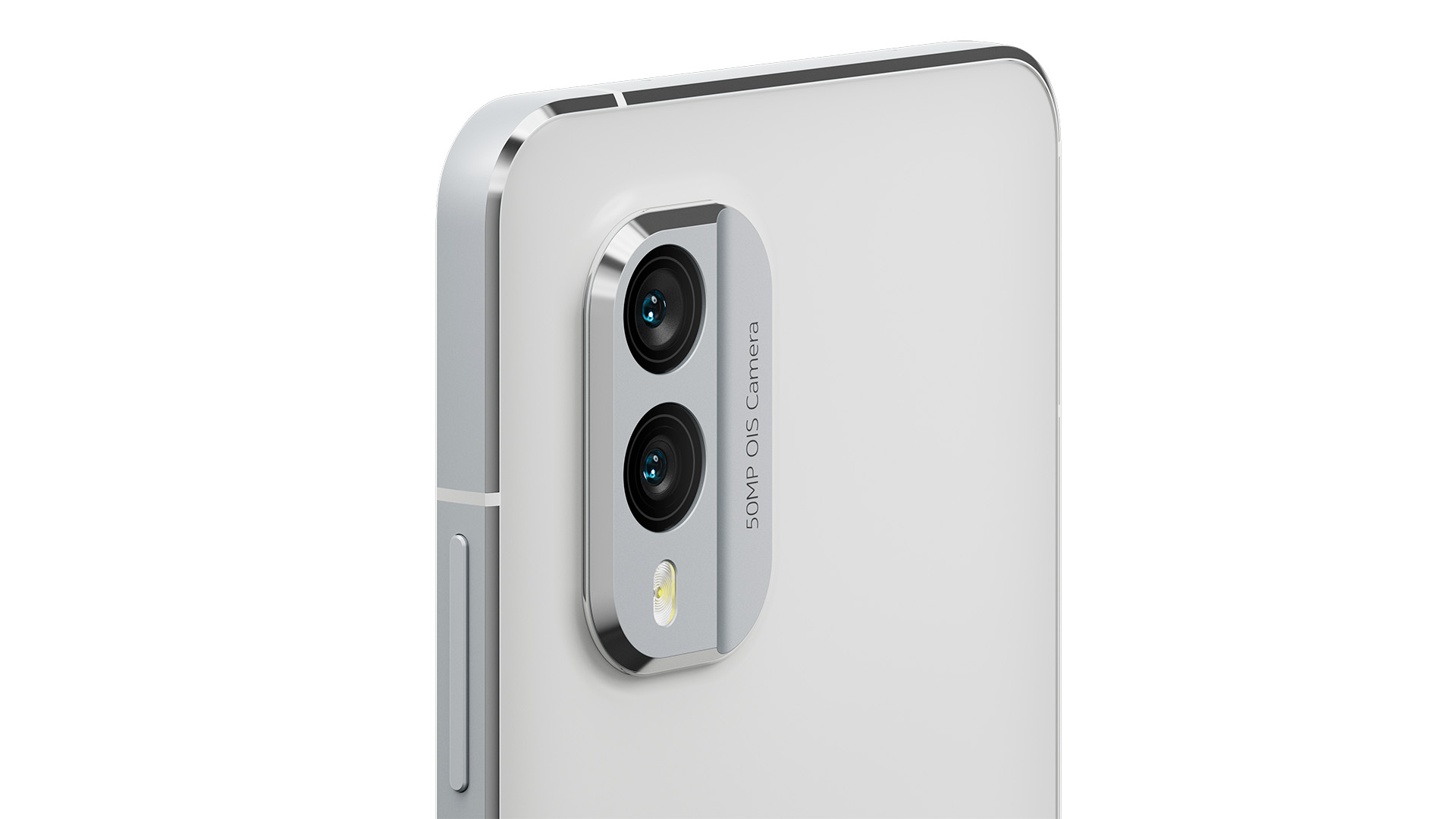
So everything is as expected, and if you’re not an enthusiastic mobile photographer, you’ll probably just be pleased that the phone takes sharp, high-resolution pictures without any significant delay. This includes night shots, which thanks to optical image stabilisation and artificial intelligence remain sharp and usable even when the phone is held in the hand without support.
But there’s definitely room for improvement, and it’s probably the AI image processing in the camera that’s the weakest link. The Nokia test images were taken at the same time as the Google Pixel 7 review, and there’s a big difference in quality.
Where the slightly more expensive Pixel 7 impressed with colourful and dynamic images, all the Nokia images appear to have been taken in grey weather, and there’s a yellowish tinge to several of them.
There’s also so much pixelation on digital zoom images that the zoom function might as well have been omitted.
On the plus side, the Nokia X30 5G does perfectly fine selfies, and macro shots are just fine too.
Benchmarks
At the heart of the Nokia X30 5G is a Snapdragon 695 5G, which excels at having a full implementation of 5G – and thus the ability for high data speeds. The same can’t be said for the computing speed, which is more humble. Which is what you’d expect from a mid-range phone.
The Geekbench 5 processor test quantifies the mathematical processing power of the processor. It comes out with a score of 669 in single-core and 1,922 in multicore. This is an acceptable result. And quite sufficient for daily use for years to come. PCMark Work 3.0 simulates office applications and web browsing, and it ends up with a score of 8,655, which doesn’t stand out significantly in the price range.
The integrated graphics processor, Adreno 619, fares less well. The AnTuTu 9 3D graphics test ends with a score of 401.867, which is mediocre. And 3DMark Wild Life finishes with 1,205 – that’s between half and a quarter as fast as similar phones!
The battery test with intense browsing and app simulation yielded a result of just under eight hours. That’s right on the money, and most people will be able to use their phone for a few days before it needs to be put back in the charger. The phone will need to spend some time here, as it can only be charged at 33 watts. You have to buy the charger yourself, and wireless charging is not possible.
Competitors
If the price is very important and a few euros difference is decisive, you have to live with compromises. But they don’t have to be that big. The Motorola Edge 30 is an excellent example of a phone that’s a little faster, a little cheaper and even has a better and faster screen.
Nothing Phone (1), at about the same price as Nokia, has its very special design as its strong point. It also has much faster graphics.
If you can afford to spend a quarter more, you can get the excellent Google Pixel 7, which outperforms all the phones mentioned above in every way. Both on speed and image quality.
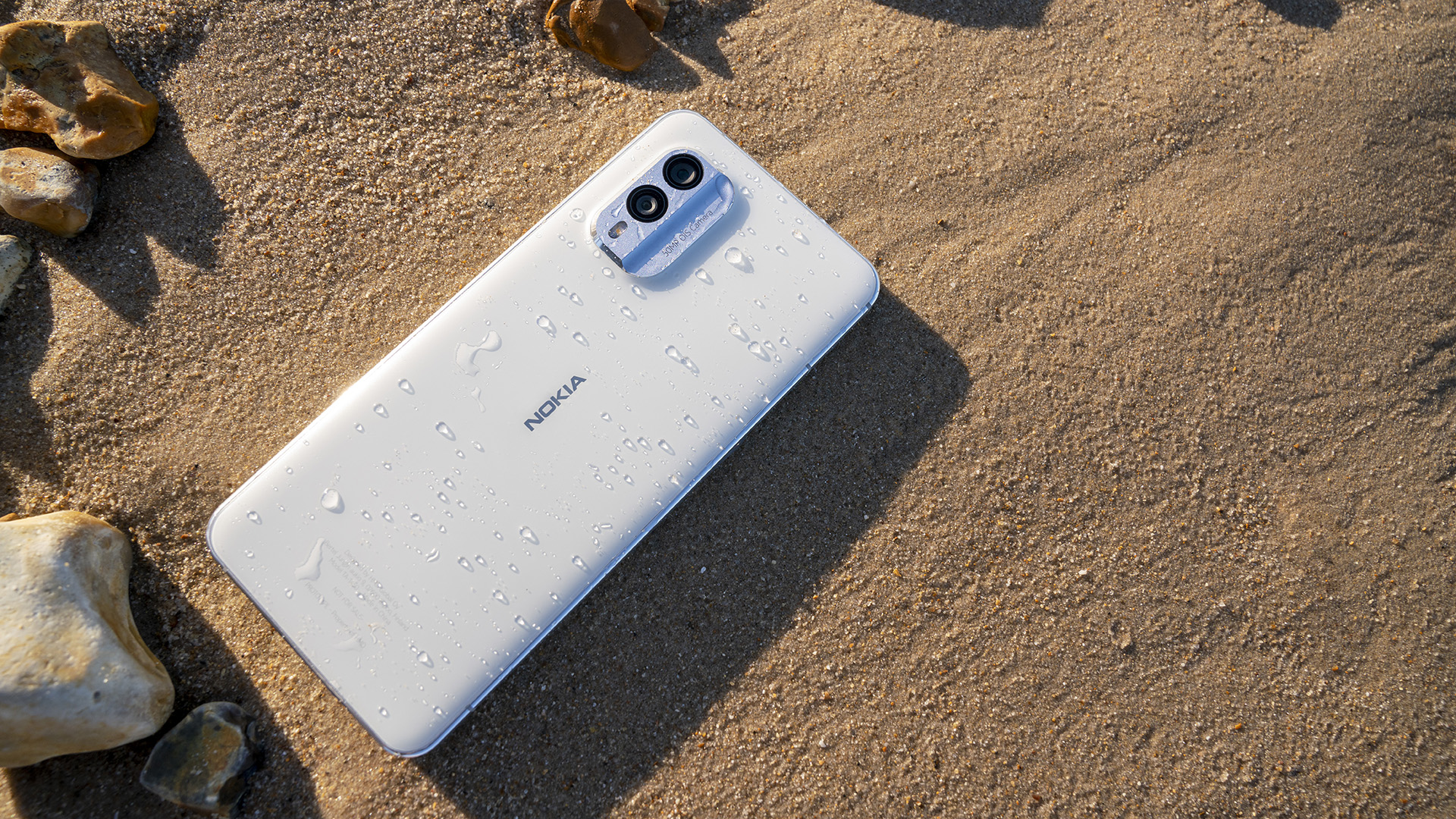
Conclusion
The Nokia X30 5G has about the range of features you’d expect from a decent mid-range phone. The Finns also get points for thinking about the environment in the form of recycled materials and a three-year updates warranty. But price and performance struggle to come together. Basic computing power is fine for everyday use, but when it comes to graphics, the Nokia is beaten by most competitors – even those that cost considerably less. HMD Global highlights the X30 5G as the best Nokia handset to date. It may be, but it’s unlikely to be the one that recaptures Nokia’s lead among handset makers.

We think
It is quite green. The phone is made mainly of recycled materials, and Nokia promises three years of updates. Full 5G support. Apart from selfies, the cameras are mediocre and the zoom is downright poor. Performance is behind most competitors.
599 €
Specifications
- Display: 6.4″ AMOLED FHD+ (2400 x 1080 pixels) @90 Hz, 450 nit. Gorilla Glass Victus on front
- CPU: Qualcomm Snapdron 695 5G (octa-core)
- GPU: Adreno 619
- Memory: 8 GB RAM / 256 GB storage
- Operating system: Android 12 One
- Cameras:
Main camera: 50 Mp f/1.9 w. optical image stabilization. 2x optical zoom.
Ultra wide angle/macro: 13 Mp f/2.4
Selfie camera: 16 Mp f/2.4 ultra wide angle - Resistance: IP67
- Connections: USB-C
- Wireless: 5G, Bluetooth 5.1, wi-fi (6E-ready), NFC
- SIM card: 2 x Nano SIM
- Audio: Stereo speakers, two microphones with noise cancellation. aptX, aptX Adaptive, aptX HD. FM radio
- Battery: 4,200 mAh 33W fast charge. Charger not included.
- Colours: Cloudy blue, Ice white.
- Web: nokia.com
Benchmarks
Geekbench 5 669 (single-core) / 1922 (multi-core)
GFXBench T-Rex: 4.414 frames
AnTuTu 9: 401687
3DMark Wild Life: 1.205
PCMark Work 3:0: 8.655
Battery test: 7:48 hours
